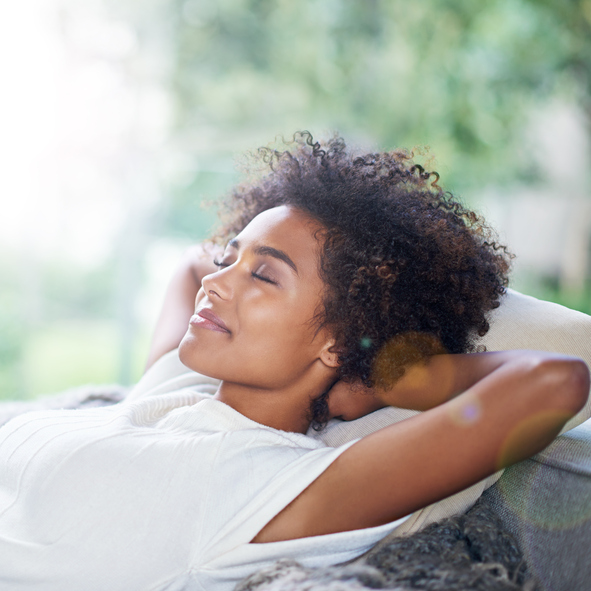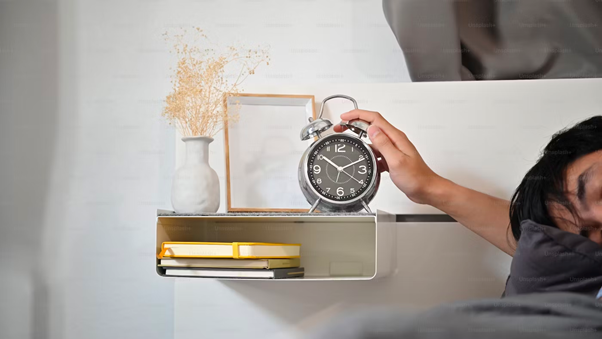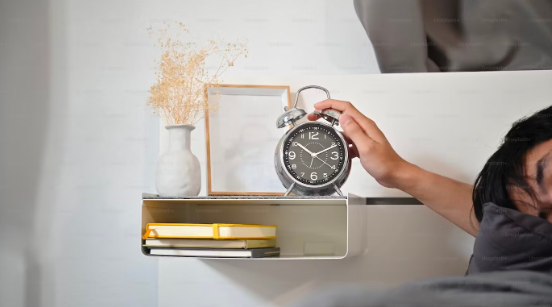How Long Should You Nap For?

Author: Jonathan Warren
Everyone’s sleeping habits are different, and while some people feel wide awake all day until it’s time to go to bed, others benefit from a little catch-up nap – usually in the afternoon. Having a quick snooze can boost your alertness, relieve stress and make you more productive for the rest of the day.
Humans are unusual among mammals in that we tend to do all our sleeping in one long, sustained period – most of our furry cousins in the animal kingdom enjoy a mixture of short naps and longer sleeps in between activities. Napping is a natural way to fit in a quick catch-up on sleep, and it’s healthier and less disruptive to the body’s rhythms than alternatives like drinking more coffee.
But what’s the ideal length for a nap, and when should you take them?
Power naps
Around 20 to 30 minutes of sleep, known as a “power nap”, allows us to get what’s known as Stage 2 sleep: the heart rate slows, body temperature and blood pressure decrease, and sensory awareness fades.
Stage 2 isn’t deep sleep, but it’s the prelude to it – which might explain why you can wake up from a power nap feeling refreshed but not too groggy. It’s been widely reported that power naps help to enhance motor skills, improve mood and increase attention span, which could help you tackle your afternoon’s tasks with a bit more enthusiasm.
Some people find a “caffeine nap” an effective variation on this. Drink a cup of coffee just before your nap, and by the time you’re finished 20 minutes later, the caffeine should be just kicking in – helping you to feel doubly alert as you head back to work.
Longer naps
If you have the time for it, you might find a longer nap of around 90 minutes even more beneficial. Around 35 to 45 minutes after falling asleep, we enter Stage 3 sleep, followed by Stage 4: a much deeper state of slumber where brain waves are larger and slower.
After about 45 minutes, this is followed by a short burst of rapid eye movement (REM) sleep – the kind of sleep where you may start to dream. At this point, your breathing and pulse rate actually start to increase, and you are closer to wakefulness.
Putting aside 90 minutes for a nap allows you to complete one whole sleep cycle. We go through several of these cycles in a normal night’s sleep, and it’s thought that taking a longer nap can help you catch up on sleep you missed the night before. Find out more about sleep debt and how long you should sleep for.
What’s the best time for a nap?
This depends on your chronotype – a theory that people have different sleep rhythms and naturally feel sleepy at different times of the day.
According to this theory, “larks” are people who go to bed early – around 9pm or 10pm – and wake around 6am. For these people, the optimal time for a nap would be just after lunch, at about 1pm.
On the other hand, “owls” are people who sleep and wake late. If you head to bed around midnight and get up at 8am, you may be an owl – and the best time for your nap is around 3pm.
It might take a bit of time to find a napping routine that suits your body and lifestyle, and not everyone finds naps beneficial at all. If you’re not feeling it, don’t push it – but if you still feel like you need to improve your quality of sleep, check out our top sleep hacks.
Images: ©iStock.com/PeopleImages, ©iStock.com/Pannonia





